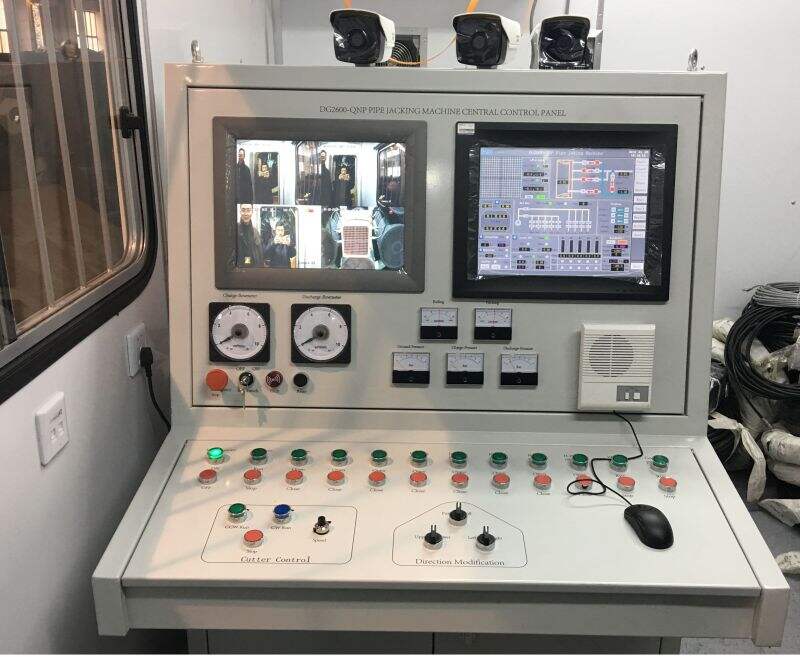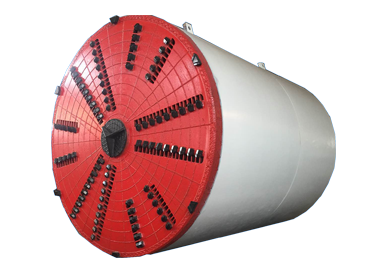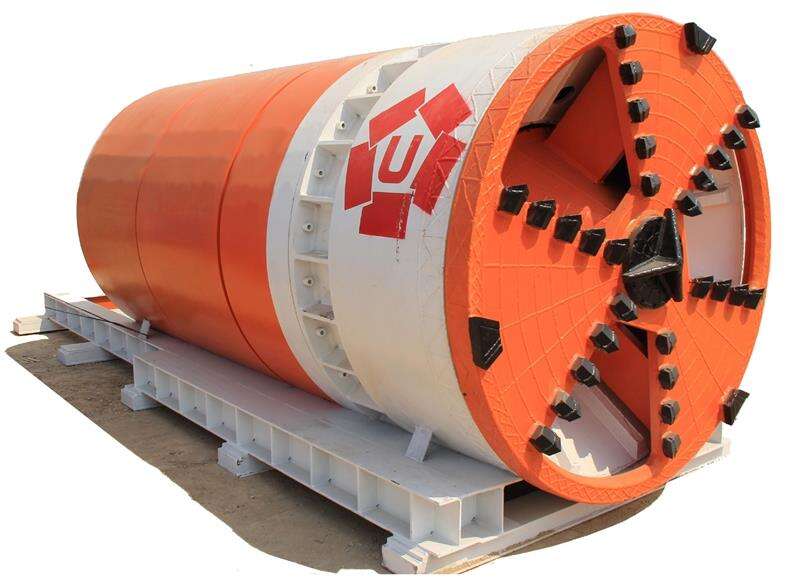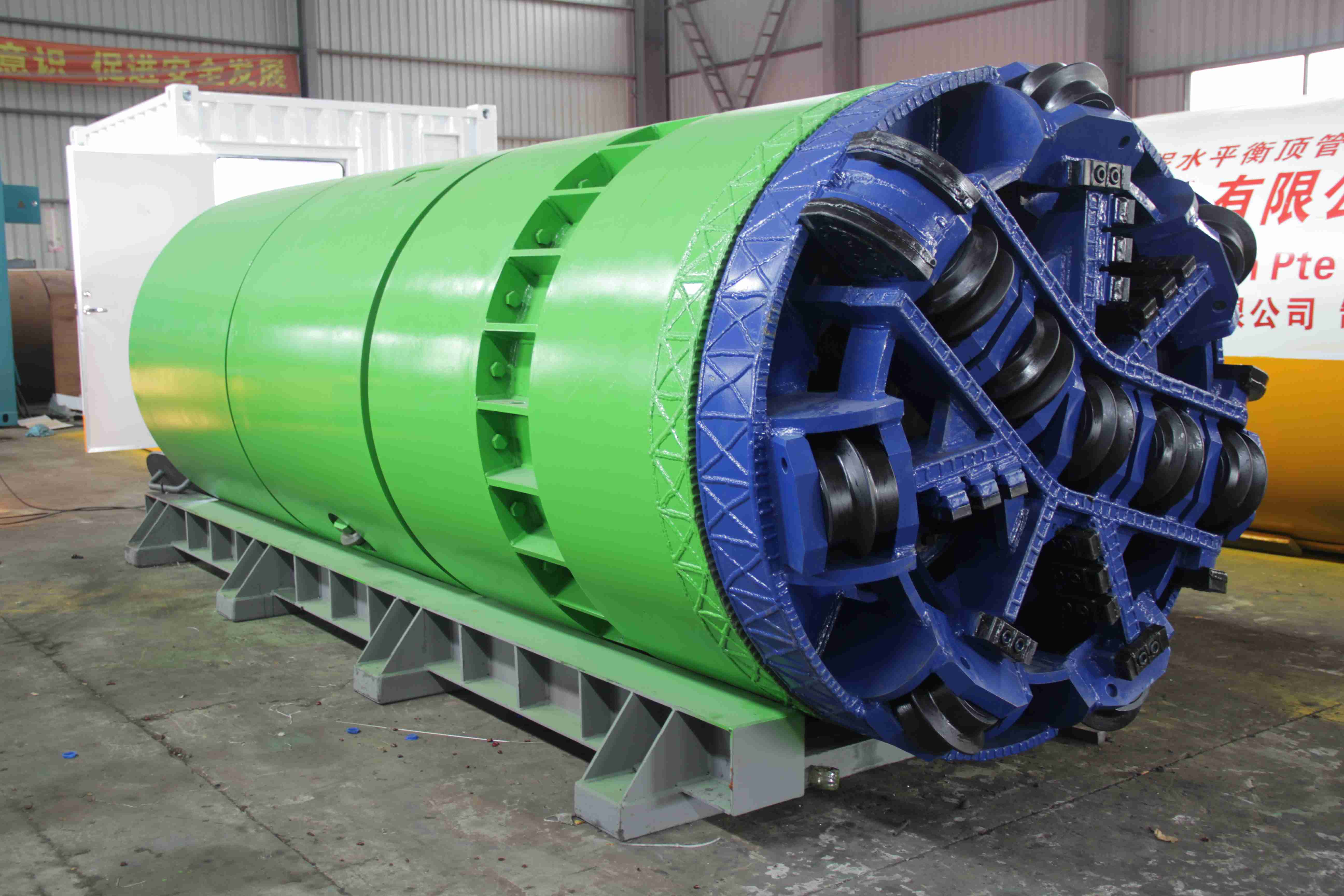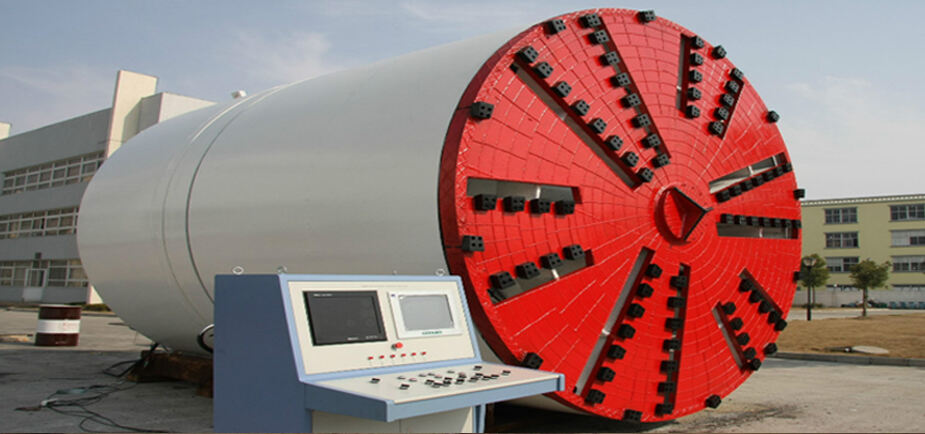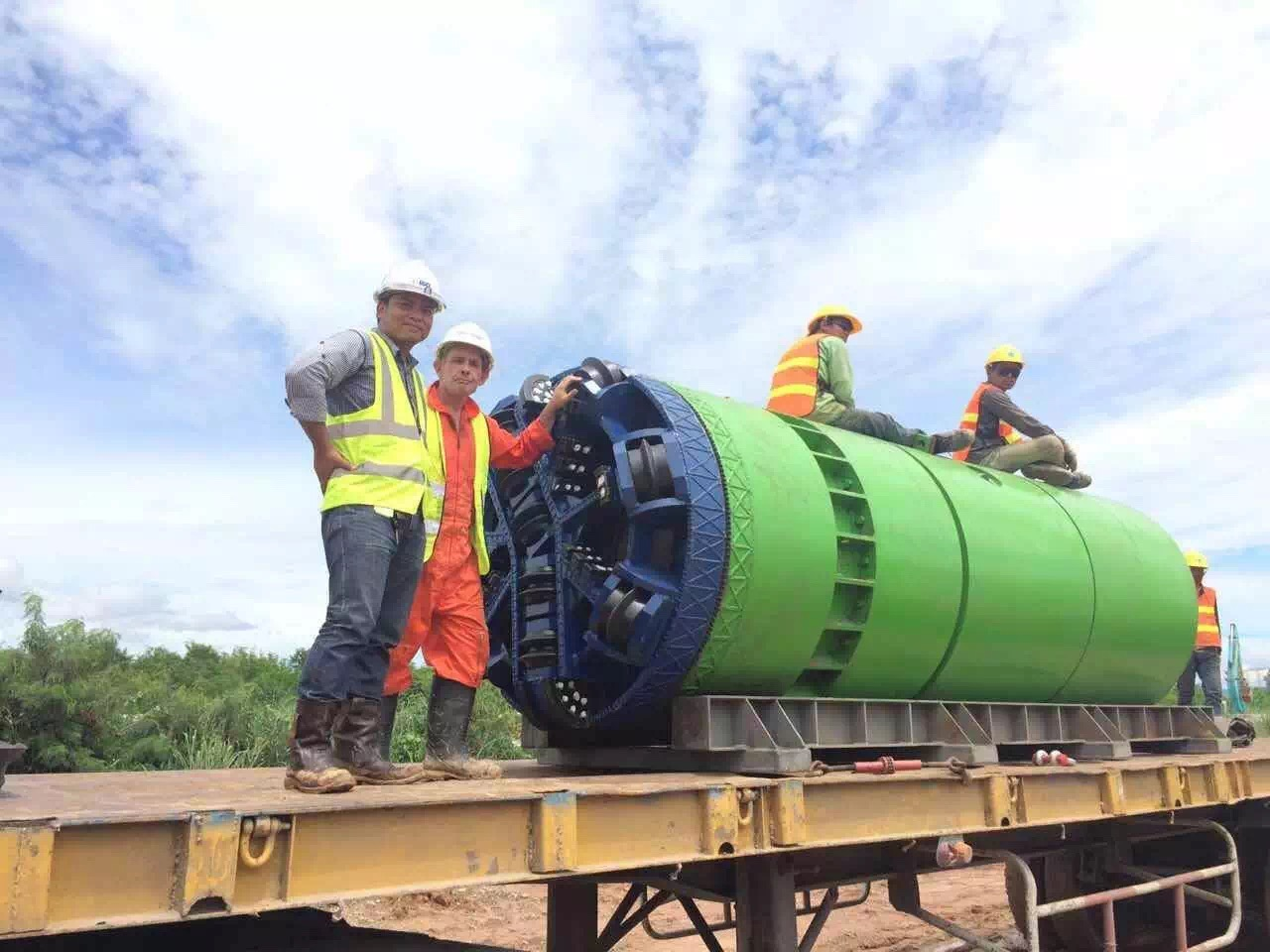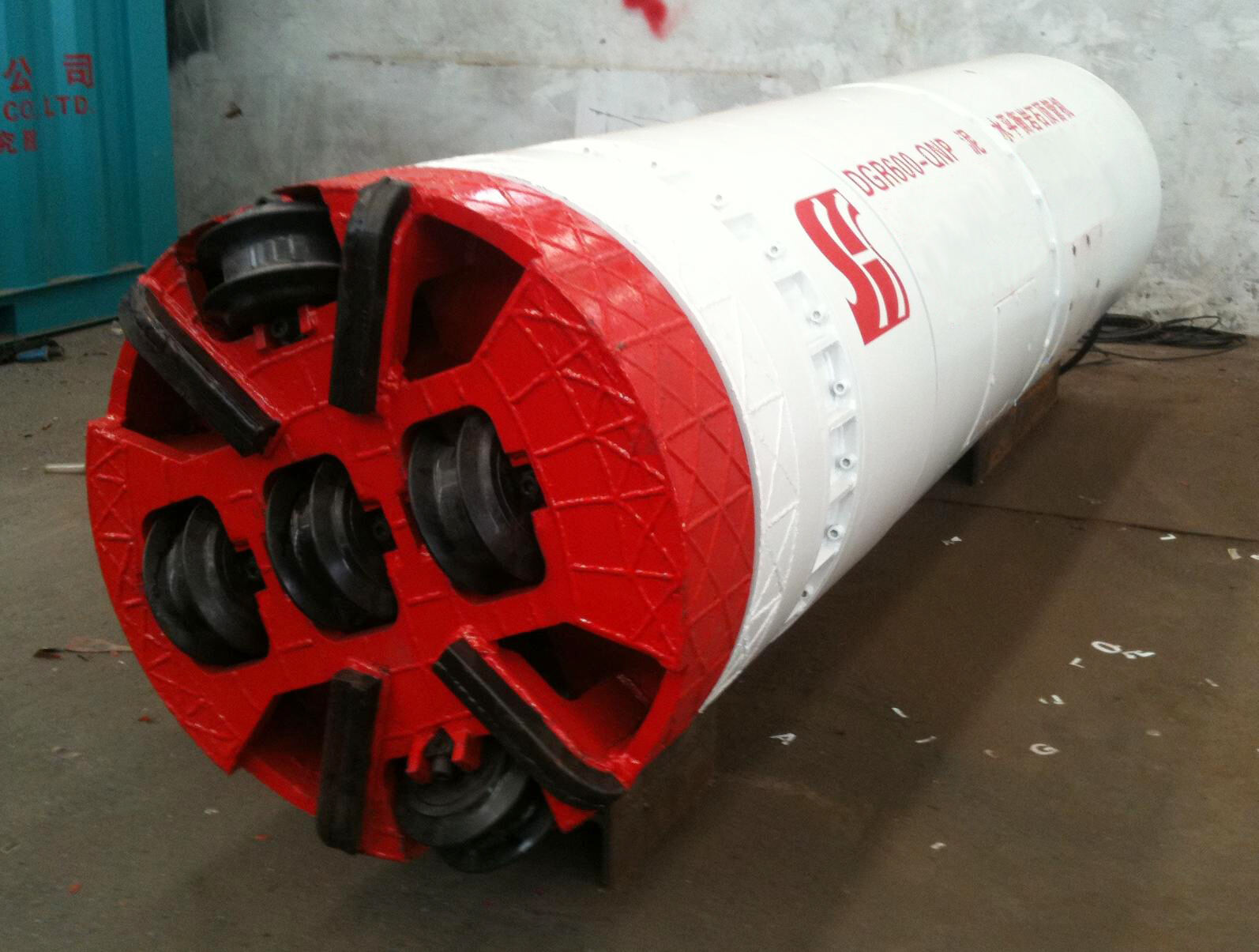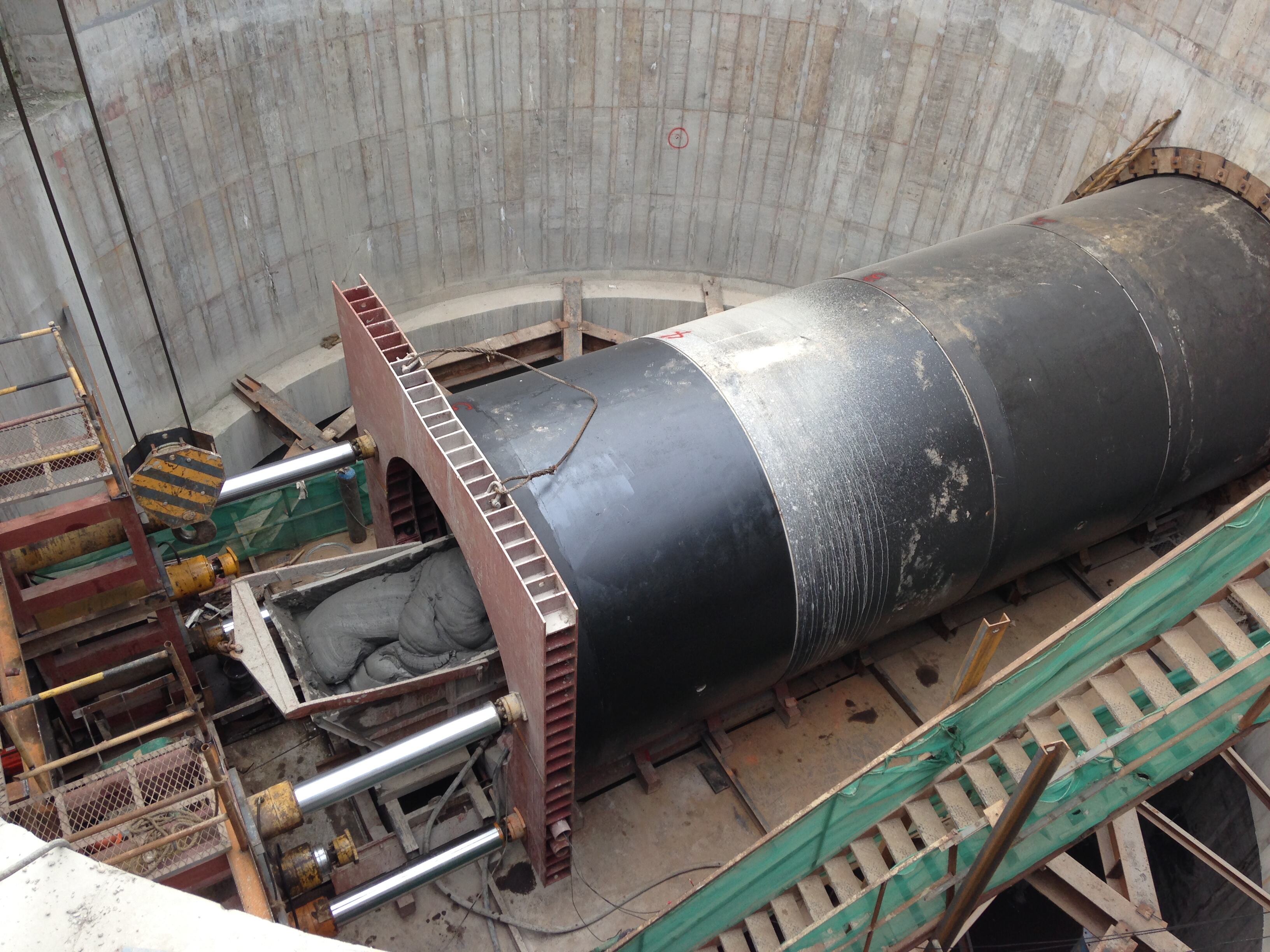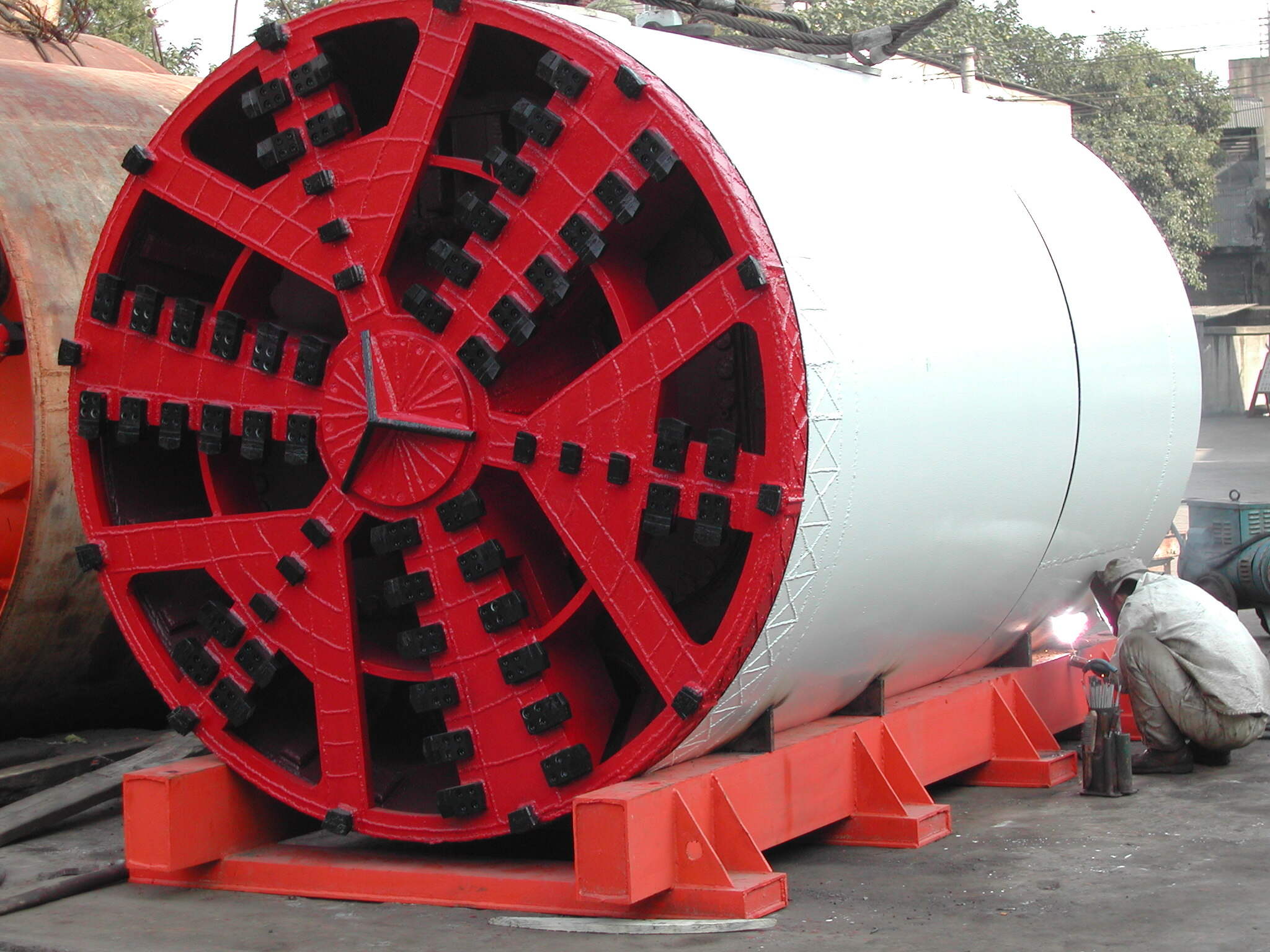geen grawe tonnel boormasjien
Die no dig tonnelboormasjien is 'n moderne stuk toerusting wat ontwerp is vir ondergrondse konstruksie sonder die behoefte aan grawe. Sy hooffunksies sluit in die boor van tonnels, die installering van pype, en die lê van kabels met minimale oppervlakonderbreking. Tegnologiese kenmerke sluit 'n robuuste boorkop in wat in staat is om verskillende grondsoorte te penetreer, 'n gevorderde navigasiestelsel vir presisie, en 'n modulaire ontwerp vir buigsaamheid in verskillende projekte. Hierdie masjien is ideaal vir stedelike omgewings waar tradisionele graafmetodes onprakties is weens ruimtebeperkings of omgewingskwessies. Dit word wyd gebruik in die installering van nutsdienste, metrotunnelkonstruksie, en omgewingsherstelprojekte.

 EN
EN
 AR
AR BG
BG HR
HR CS
CS FR
FR DE
DE EL
EL HI
HI IT
IT JA
JA KO
KO RO
RO RU
RU ES
ES TL
TL ID
ID LT
LT SK
SK SL
SL UK
UK VI
VI ET
ET TH
TH TR
TR FA
FA AF
AF MS
MS HY
HY AZ
AZ KA
KA BN
BN LO
LO LA
LA MN
MN NE
NE MY
MY KK
KK UZ
UZ KY
KY
